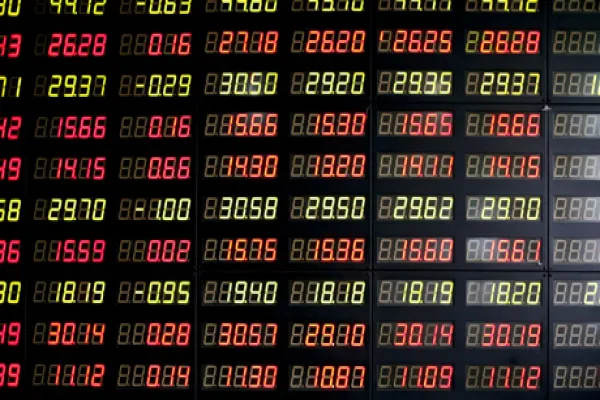Quantitative funds have been through a rough patch, underperforming since 2016. Investors, however, have generally held on to the investments, according to Jon Caplis, PivotalPath’s chief executive officer.
PivotalPath’s equity quant index was down 5.5 percent last year through November, after having lost 0.2 percent in 2019 and one percent in 2018. In 2016 and 2017, the index was up three percent and 7.4 percent, respectively, according to PivotalPath, a hedge fund research and data firm.
Even with the underperformance, PivotalPath’s equity quant index represents $150 billion in global investments. “This is after not making anything for five years,” Caplis said in a phone interview.
“Everyone thought these quants have figured it out,” he said. “They were making money every year for the previous five years. It was straight up until 2016 and money piled into that space.”
The equity quant index was up 10.2 percent in 2010, followed by increases of 15.3 percent in 2011 and 8.8 percent in 2012. In 2013, gains for the index were 14.7 percent; in 2014, it was up 10.4 percent and 9.2 percent in 2015.
“It’s astounding that managers can be down over a five-year period and still have significant assets,” said Caplis. “But this could be a year of reckoning. Prior to this year, there were no huge headline losses that would have pushed a board or investment committee to say we have to get out now. The funds just haven’t lived up to expectations.”
But Caplis pointed out the price investors have paid for sticking with the underperforming quants.
Over the last five years, the MSCI World index has generated 11.6 percent returns on an annualized basis. The equity quant index, in contrast, was up 0.88 percent annualized through November. In addition, PivotalPath’s composite index, which includes all hedge fund strategies, including quants, returned 5.08 percent annualized, about 420 basis points higher per year.
[II Deep Dive: AQR to Liquidate Some Funds After ‘Persistent Outflows’]
Erol Alitovski, a senior manager and research analyst at Morningstar, said by phone it’s the same story with quantitative mutual funds.
“Quant strategies, which are designed to do better when markets are volatile, struggled when there was little vol between 2016 and 2019,” said Alitovski. “But they also were challenged in Q1 when vol was at unprecedented levels. Vol was too low for a number of years to eke out strong performance. But then it was too high for the models to cope.”
The Morningstar analyst speculated that investors are largely staying put because they understand that the market environment has been abnormal and largely driven by central bank monetary policy.
Caplis added, “It’s difficult for systematic managers because they always say ‘we don’t let the noise drive us, and our models work over the long term. That may be true, but at some point, investors may say they’ve had enough. Five years is a long time to pay 2 and 20, and take these substantial risks to get zero return. I’m not saying the strategies are dead, it’s definitely been a tough period. But at some point, people will vote with their feet.”







